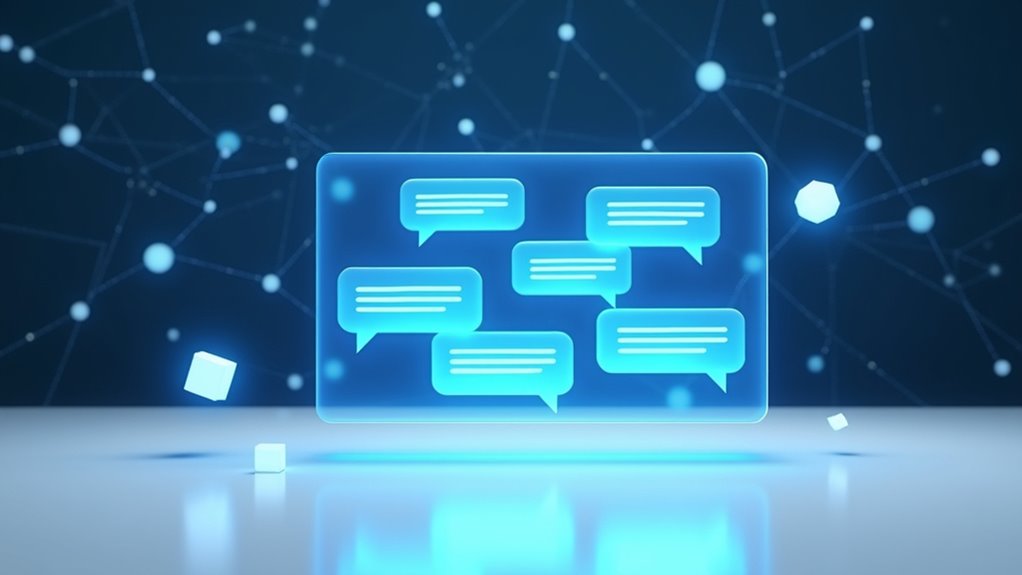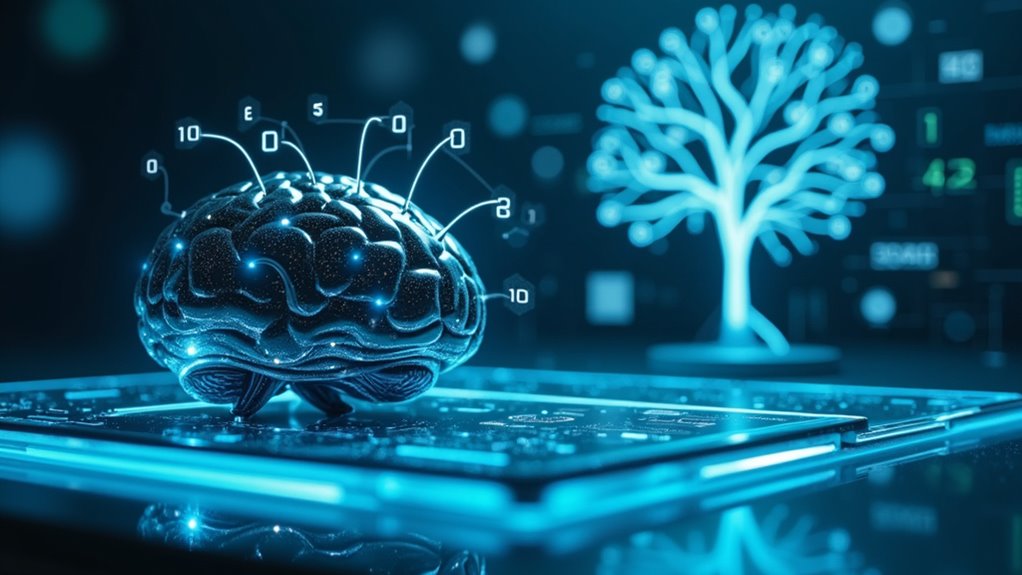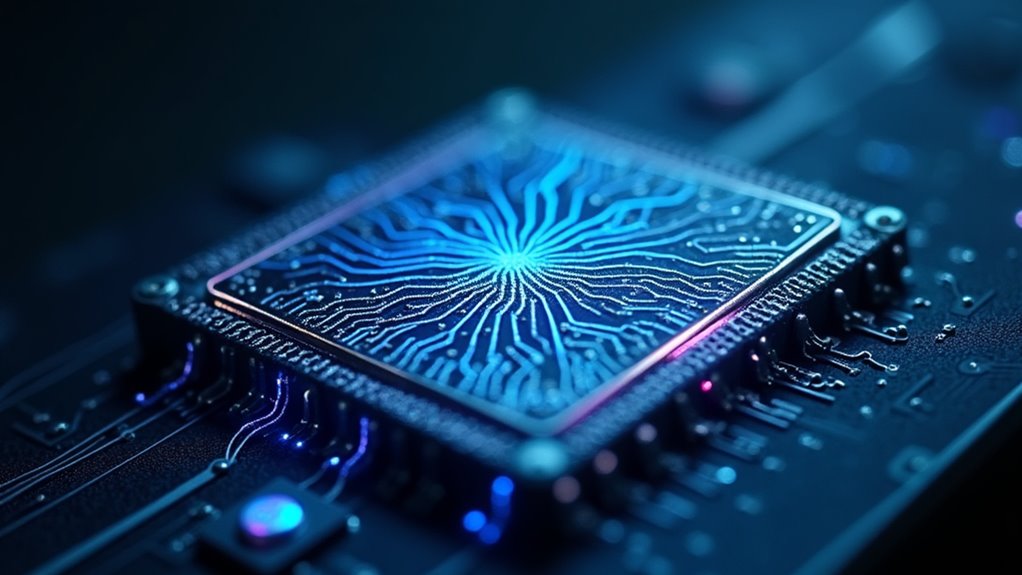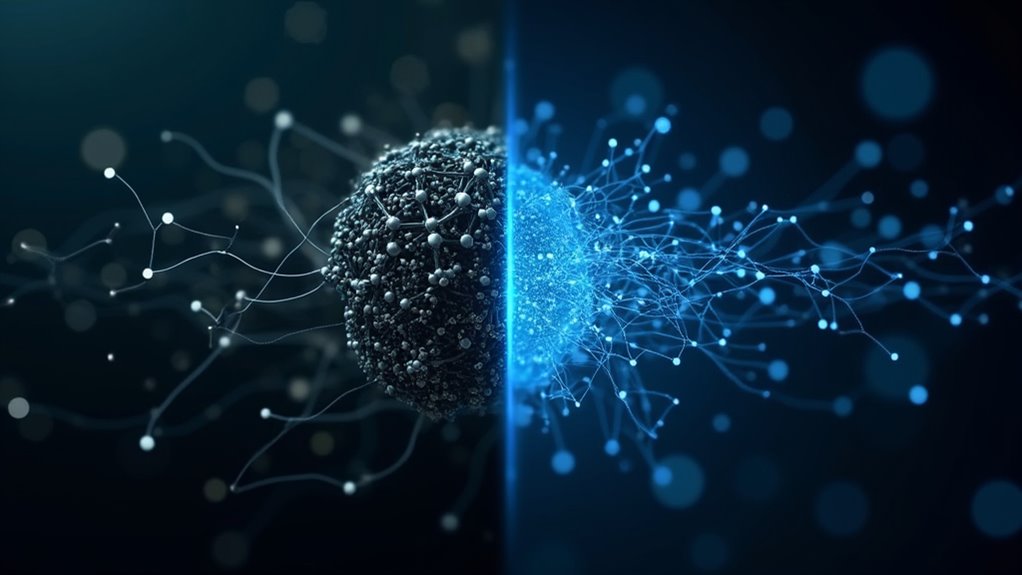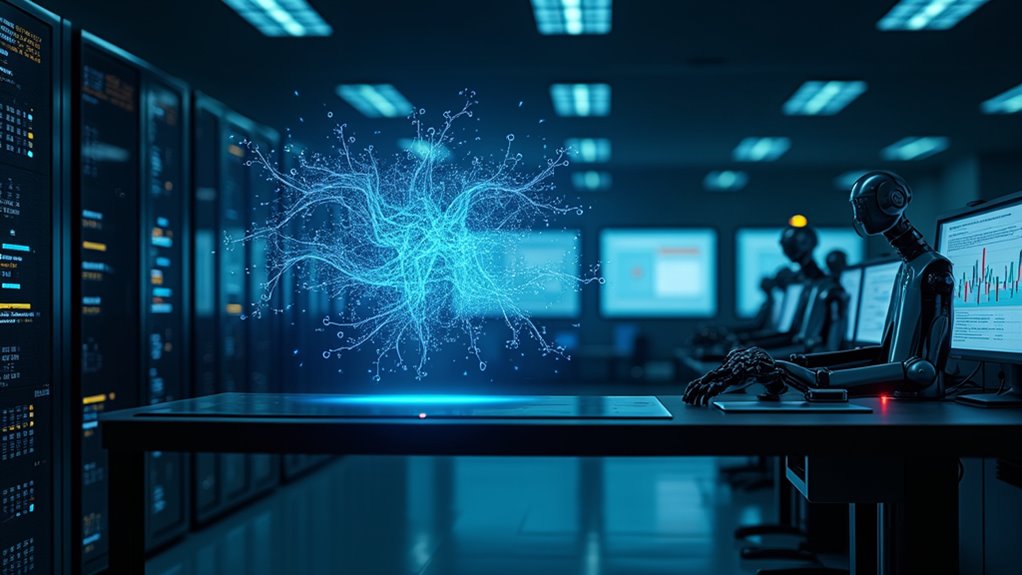AI chatbots are transforming customer service into a 24/7 powerhouse of efficiency. These digital wizards handle thousands of queries simultaneously, speak multiple languages, and resolve 80% of issues without human intervention. Gone are the days of mind-numbing hold music and empty promises about call importance. They’re collecting valuable customer data while freeing human agents from mundane tasks like password resets. The future of customer service isn’t just automated – it’s emotionally intelligent and constantly evolving.
As businesses race to cut costs while keeping customers happy, AI chatbots have emerged as the ultimate multitasking miracle workers of customer service. These digital dynamos never sleep, never take coffee breaks, and never complain about working holidays. They’re the perfect employees – if you don’t mind their occasional struggle with sarcasm and tendency to be a bit too literal. Their remarkable ability to provide immediate assistance to customers has revolutionized response times.
The global reach of these AI-powered assistants is frankly mind-boggling. They chat away in multiple languages, pop up across every imaginable platform, and handle countless conversations simultaneously. Gone are the days of mind-numbing hold music and the dreaded “your call is important to us” messages. These chatbots jump right in with instant responses, whether it’s 3 PM or 3 AM. With their ability to resolve 80% independently, these digital assistants have become indispensable for modern customer service operations.
What’s particularly impressive is how these digital helpers are turning customer service from a cost center into a goldmine of insights. They’re collecting data faster than a teenager accumulates social media followers, helping businesses understand exactly what makes their customers tick – or more often, what makes them tick off. Every interaction becomes a learning opportunity, feeding into a continuous loop of service improvement. Powered by sophisticated machine learning algorithms, these systems continuously evolve to better understand and serve customer needs.
The efficiency gains are stunning. While human agents are freed from answering the same mundane questions about password resets and return policies for the thousandth time, chatbots handle these queries with unwavering patience. They’re connecting to backend systems, pulling up customer histories, and delivering personalized responses faster than you can say “automated customer service.”
But here’s the real kicker – these AI chatbots aren’t just glorified FAQ readers. They’re getting smarter by the day, using natural language processing and machine learning to understand customer emotions and respond appropriately. They can detect when someone’s frustrated (and boy, do customers get frustrated) and adjust their responses accordingly.
Sure, they might not replace human agents entirely – some conversations still need that human touch – but they’re revolutionizing customer service in ways that would have seemed like science fiction just a few years ago.
